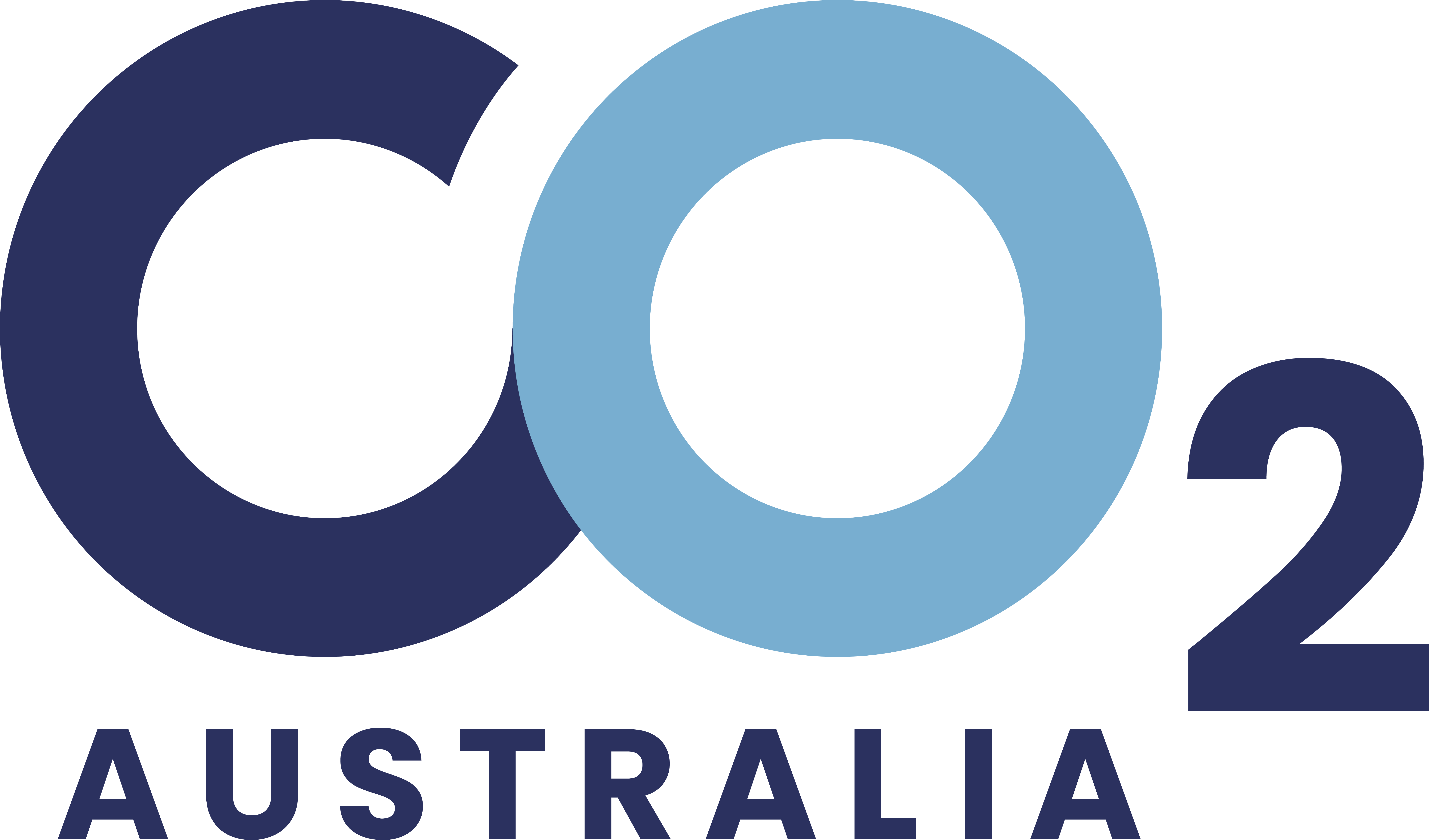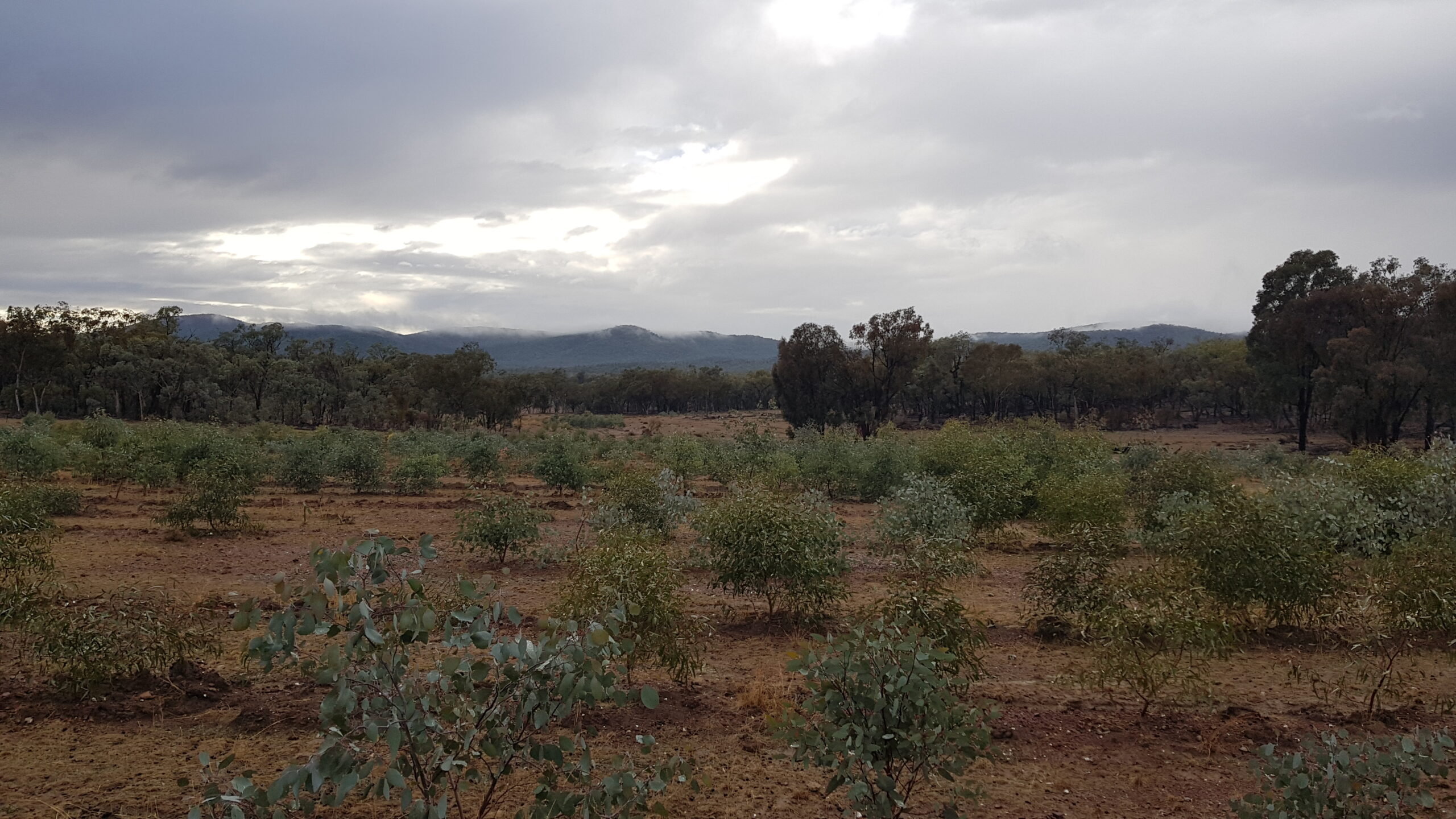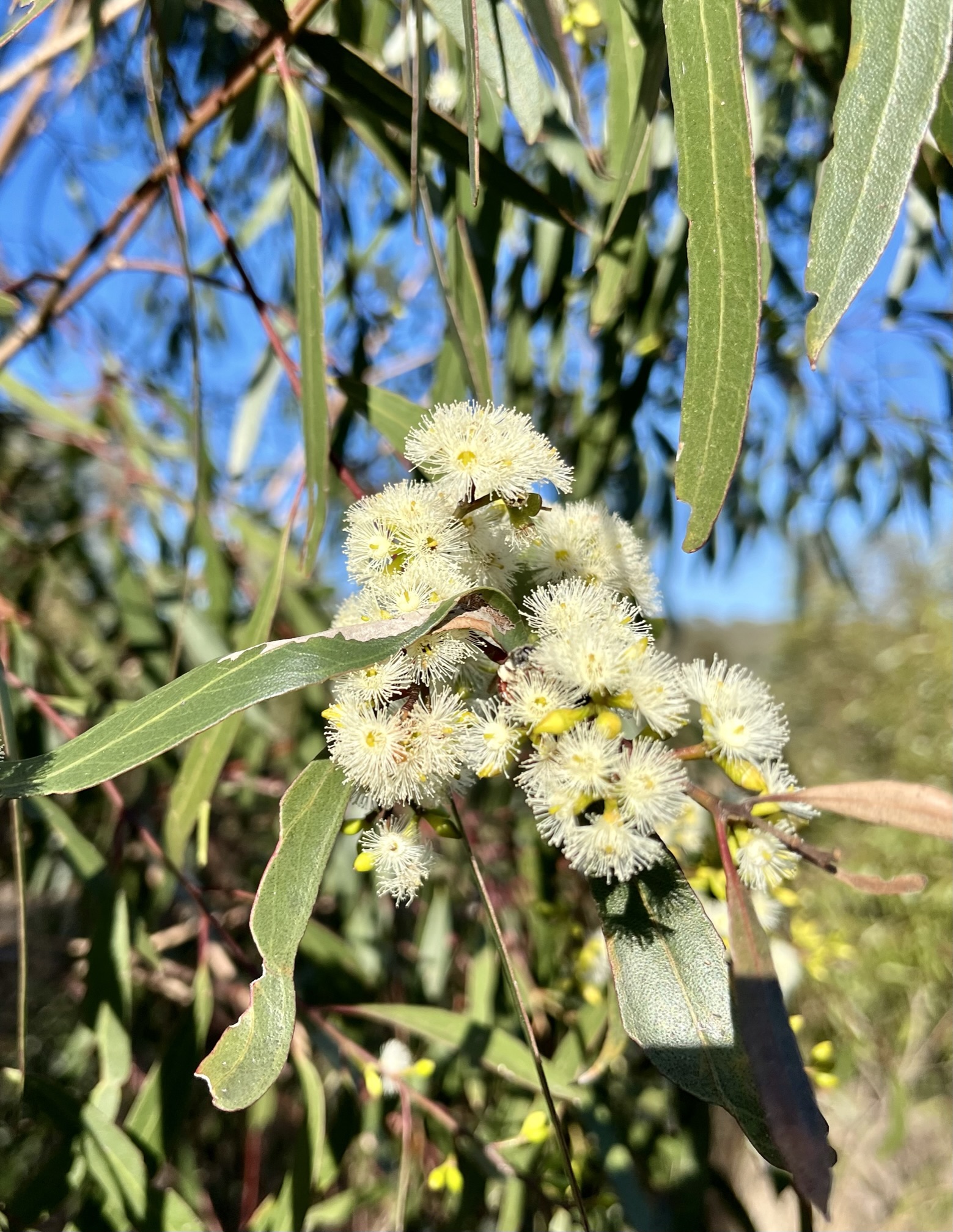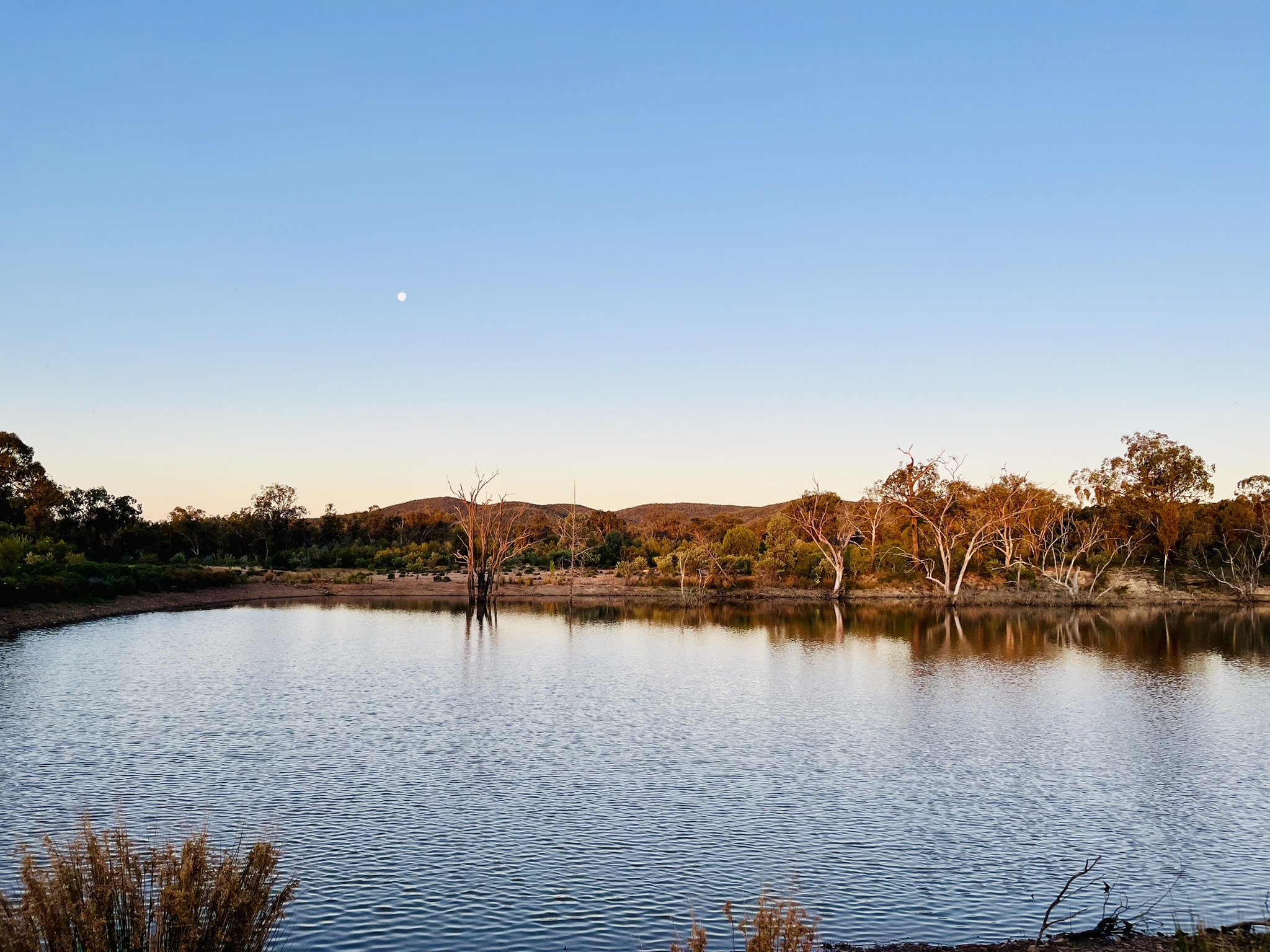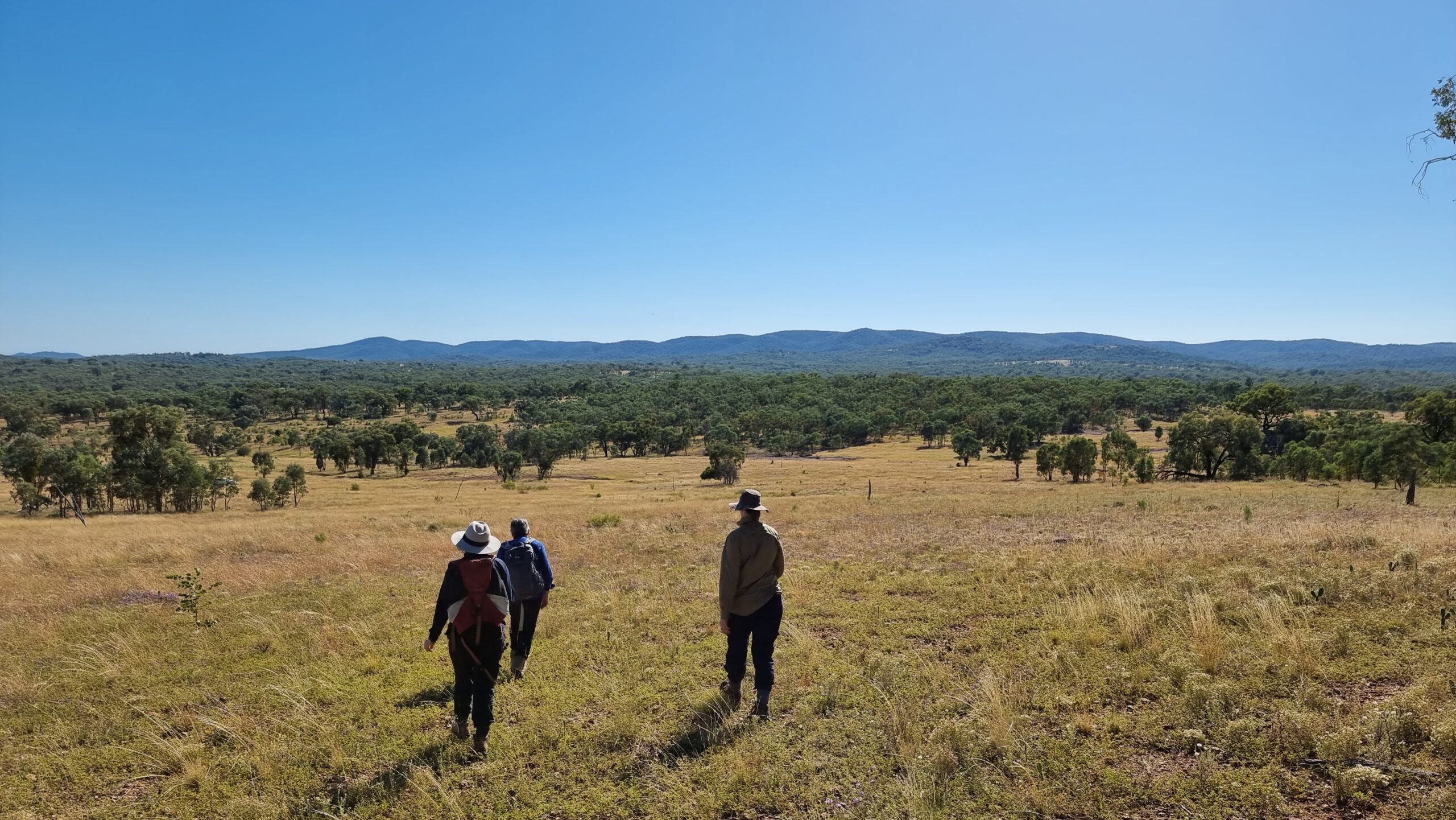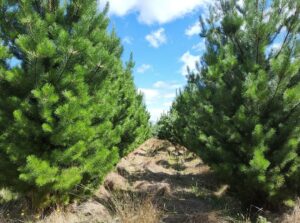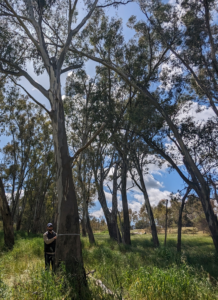
by CO2 Australia | Oct 9, 2024 | News
The Saltwater Creek Carbon Project
In September 2021, CO2 Australia achieved certification of Australia’s first Environmental Account by Accounting for Nature (AfN), with subsequent accounts certified in December 2022 and October 2023.
The Saltwater Creek Carbon project is a 25-year, $3.74 million collaboration between Queensland Government and CO2 Australia. Located in the Wet Tropics Bioregion of north Queensland, the project will re-establish approximately 55 hectares of tropical rainforest and eucalypt forest communities endemic to the region. This will involve incorporating 55 rainforest species into the plantings, which will result in improved connectivity between the property and the Mossman Gorge section of Daintree National Park which is part of the Wet Tropics World Heritage Area. Threatened species including the southern cassowary, spot-tailed quoll, common mistfrog and tapping green-eyed frog have been recorded in adjacent properties. This project will also restore habitat and facilitate the dispersal of these threatened species across the broader landscape.
Accredited Accounting for Nature® accredited experts alongside CO2 Australia’s ecologists Dr Cath Bowler and Dr Jarrad Cousin completed all the necessary fieldwork and reporting to support the Environmental Account. This was undertaken using CO2 Australia’s own AfN-accredited Native Vegetation Econd® method. Following a rigorous independent audit, the Environmental Account was certified by AfN in September 2024.
If you would like any assistance with establishing an Environmental Account under the Accounting for Nature® Framework, whether it be for a carbon planting project, grazing enterprise or to track the condition of a natural area estate, please feel free to contact CO2 Australia and we will help you on the path to accounting for nature.
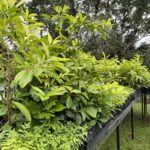
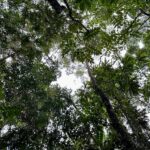
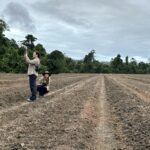
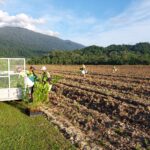
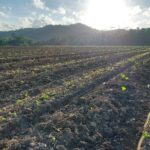


by CO2 Australia | May 10, 2024 | Projects
Wilga Park Project – LRF/Accounting For Nature®
The Restoring Box-Gum Grassy Woodland for Threatened Species of the Nandewar Bioregion (Wilga Park) Project is a 25-year, $1.96 million collaboration between the Queensland Government and CO2 Australia to deliver approximately 110 ha of degraded land restored to a natural functioning ecosystem; providing habitat for threatened species, landscape connectivity and climate resilience.
Revegetation areas will re-establish vegetation communities consistent with White Box – Yellow Box – Blakely’s Red Gum Grassy Woodland and Derived Native Grassland; a critically endangered Threatened Ecological Community under the Environment Protection and Biodiversity Conservation Act 1999 (Cth; EPBC Act).
Importantly, the Environmental Account area will contribute to filling in previously cleared areas associated with more productive lowland soils; connecting with extensive areas of upland remnant vegetation communities adjacent the project area. Ongoing quarterly biodiversity surveys undertaken on the property since 2017 by CO2 Australia ecologists have confirmed the presence of a number of threatened species listed under the Nature Conservation Act 1992 (Qld) and/or the EPBC Act, including squatter pigeon, painted honeyeater, hooded robin, brown treecreeper, diamond firetail, southern whiteface and Crane’s macrozamia. There are also confirmed recent records of other threatened species on the property, including the spot-tailed quoll.
The goal of the Environmental Account is to monitor and track improvement in biodiversity co-benefits associated with the restoration project through the calculation of Native Vegetation Econd®. Ongoing monitoring of the Account will be undertaken to help inform management decisions, including Econd® surveys by CO2 Australia ecologists in accordance with the accredited CO2 Australia Native Vegetation Condition Monitoring Method. Other activities include monitoring and control of weeds, and the assessment of fire breaks and fuel loads to reduced likelihood of wildfire events impacting on the success of the planting sites and surrounding intact remnant vegetation. Further opportunities to improve biodiversity co-benefits of the project will continue to be explored for the life of the project, based on the outcomes of Econd® assessments.
Client
Accounting for Nature®, BirdLife Australia, Queensland Land Restoration Fund
Location
Southern Queensland
Industry
Government, conservation
Services
Revegetation, environmental accounting, fauna surveys and monitoring
Restoration of a critically endangered ecological community
Improving habitat for threatened species, landscape connectivity and climate resilience
Leading innovation and progress in environmental accounting
In a first for the Australian plantation forestry sector, CO2 Australia assisted Forico to register a...
In one of the first projects of its kind, CO2 Australia worked with the New South Wales (NSW) Aboriginal...
CO2 Australia and Tahbilk Winery have a long-standing relationship, beginning in 2012 when CO2 Australia...

by CO2 Australia | Oct 17, 2023 | News
Like our first two certified Environmental Accounts, this account is third-party verified with a Level 1 (Very High Confidence) assurance, and an Econd® accuracy of 95% for native vegetation (an Econd® score is an index that describes the environmental condition of an asset). Find out more about the Accounting for Nature® Framework here.
The Wilga Park Project is a 25-year, $1.96 million collaboration between the Queensland Government and CO2 Australia to deliver ~110 hectares of degraded land restored to a natural functioning ecosystem. Its purpose is to re-establish vegetation communities consistent with White Box – Yellow Box – Blakely’s Red Gum Grassy Woodland and Derived Native Grassland; a critically endangered Threatened Ecological Community under the Commonwealth Environment Protection and Biodiversity Conservation Act 1999. This will help connect extensive areas of remnant vegetation as well as reinstate and improve habitat for numerous threatened species of the Nandewar Bioregion including many already confirmed from the property such as squatter pigeon (Geophaps scripta scripta), painted honeyeater (Grantiella picta), hooded robin (Melanodryas cucullata) and spot-tailed quoll (Dasyurus maculatus maculatus).
The baseline condition of native vegetation within the project area was assessed in October and December 2022 and found to have an Econd® score of 33.1 (out of 100). This Econd® was calculated using CO2 Australia’s Native Vegetation Econd® Method; a sophisticated methodology developed by our own Dr Jarrad Cousin and certified by Accounting for Nature Ltd in 2020. Further opportunities to improve biodiversity co-benefits will continue to be explored for the life of the project, based on the outcomes of Econd® assessments. CO2 Australia will continue to undertake quarterly bird surveys throughout the property, including the environmental accounting area; continuing a 10-year commitment to monitor the efficacy of the revegetation efforts across the property.




